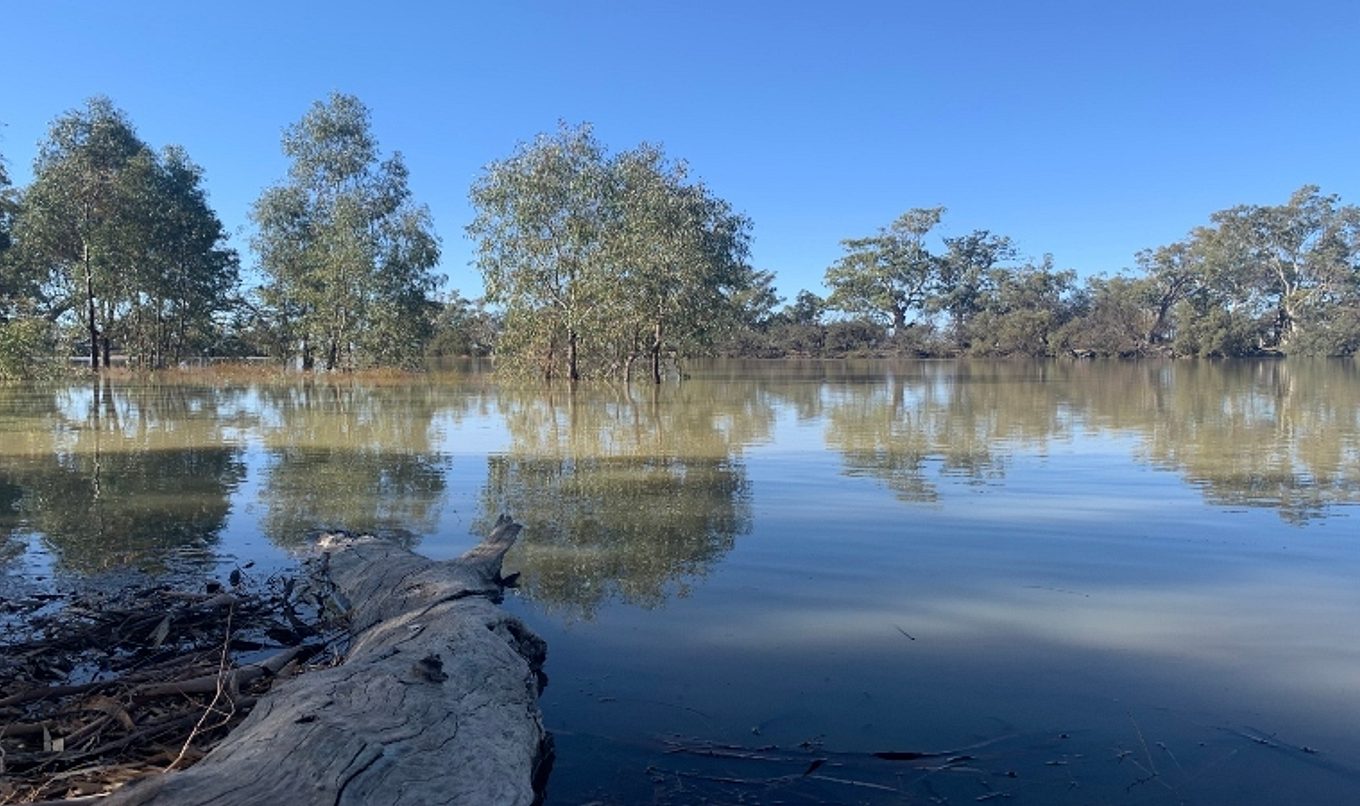Spring environmental flows a further boost to SA’s River Murray
Hundreds of kilometres of the River Murray waterways and the iconic Coorong look set for a welcome boost this month with spring environmental flows expected to find their way into the South Australian leg of the river.

Water for the environment is being delivered via the Commonwealth Environmental Water Holder (CEWH) and The Living Murray (TLM) Program, in partnership with Basin states and the Murray-Darling Basin Authority.
The Department for Environment and Water’s Manager Environmental Water, Tony Herbert explained that widespread heavy rainfall through winter and early spring has seen much-needed and welcome higher flows across the Murray system, with some of this water unable to be captured in the dams and weirs and able to flow downstream.
“As summer approaches and conditions start to dry off, the flows in the river are starting to drop back and we are now looking at opportunities to use water for the environment to continue some higher flows into the warmer months when growth and breeding by native plants and animals is likely to really kick-in,” Tony said.
“By delivering water for the environment to the various wetlands along the river, we are trying to promote, rehabilitate and restore thirsty floodplain vegetation communities.
“This will help provide more widespread and diverse habitat for the foraging and breeding of waterbirds, native fish, frog species and various other native fauna.
“We are also excited to be working with CEWH, TLM, river operators and other Basin states to continue the good conditions right through November and into December.
“Water for the environment will be released to extend the recent ‘natural’ higher flows and support native fish species, including South Australia’s silver perch populations.
“In order to successfully breed, species like callop need particular River flows when water temperatures have warmed up to keep eggs and larvae afloat in the water column. This allows the eggs to hatch and larvae to drift and grow into juvenile fish.”
Tony said floodplain regulators at Chowilla, Pike and Katarapko were used throughout spring to get water out onto the floodplains, assisted by raising weir pools at Locks 6, 5 and 4, and these floodplain regulators are now allowing the water to be slowly returned to normal levels.
“Water levels are currently coming down on the three managed floodplains, and the water receding from the floodplains back into the river brings with it phytoplankton and zooplankton – excellent food for fish larvae,” Tony said.
“Site ecologists are also seeing fantastic responses with eight frog species including large numbers of the threatened southern bell frog, with stands of lignum greening up and flowering providing perfect habitat.
“Water has extended out to areas of black box trees which are starting to flower and birds are responding to the favourable conditions across the three floodplains.
“At Coombool Swamp on the Chowilla floodplain birds in the thousands are enjoying the watering including large numbers of grey teal, pink eared ducks, white headed stilt and avocets. Red-capped plovers and sharp-tailed sandpipers have also returned along with grebes, swans and both straw-necked and glossy black ibis.
“We are also seeing large numbers of native fish moving through the 11 fishways at the Lower Murray barrages which separate Lake Alexandrina from the Coorong.
For more information on spring environmental flows in the River Murray, see the CEWH and TLM websites:

